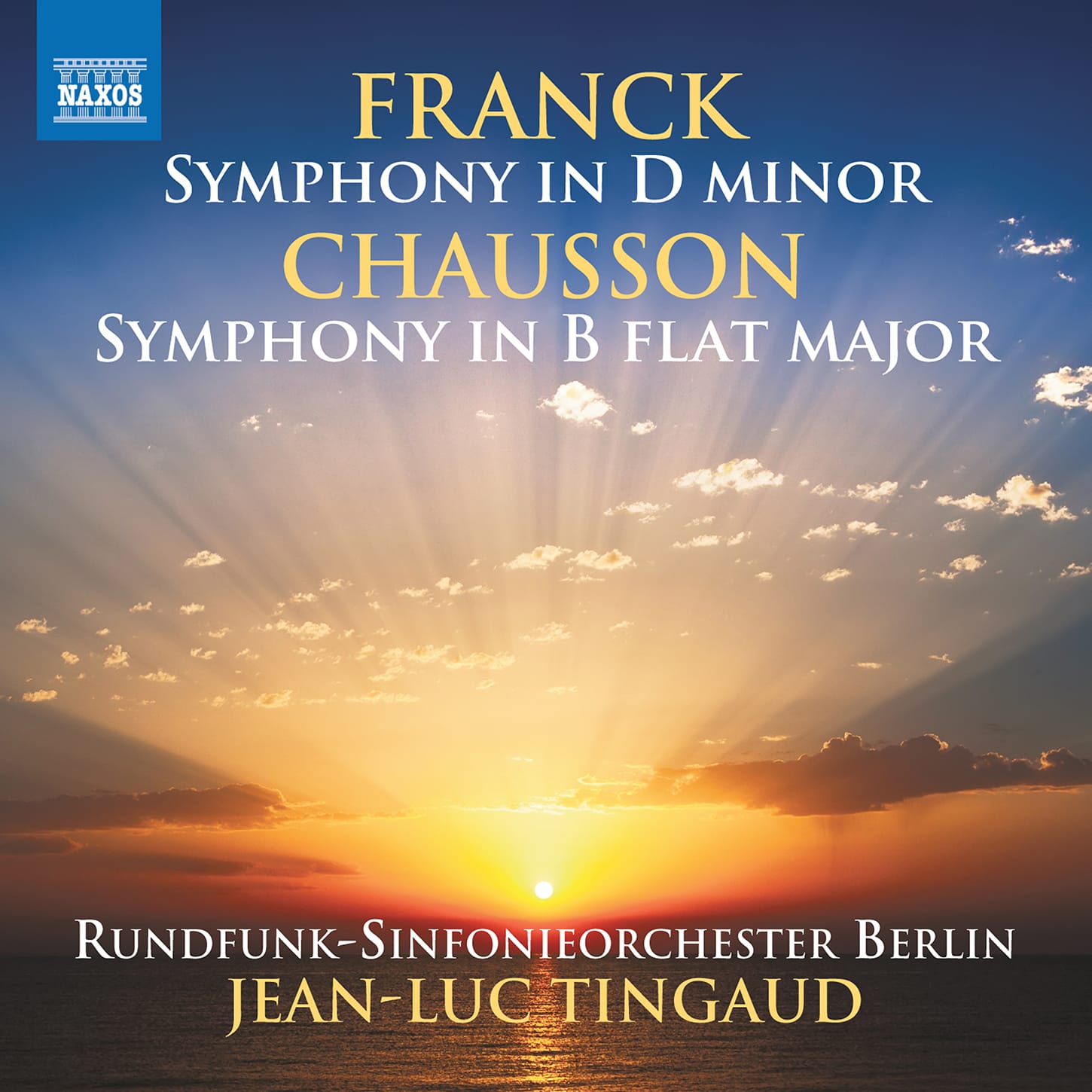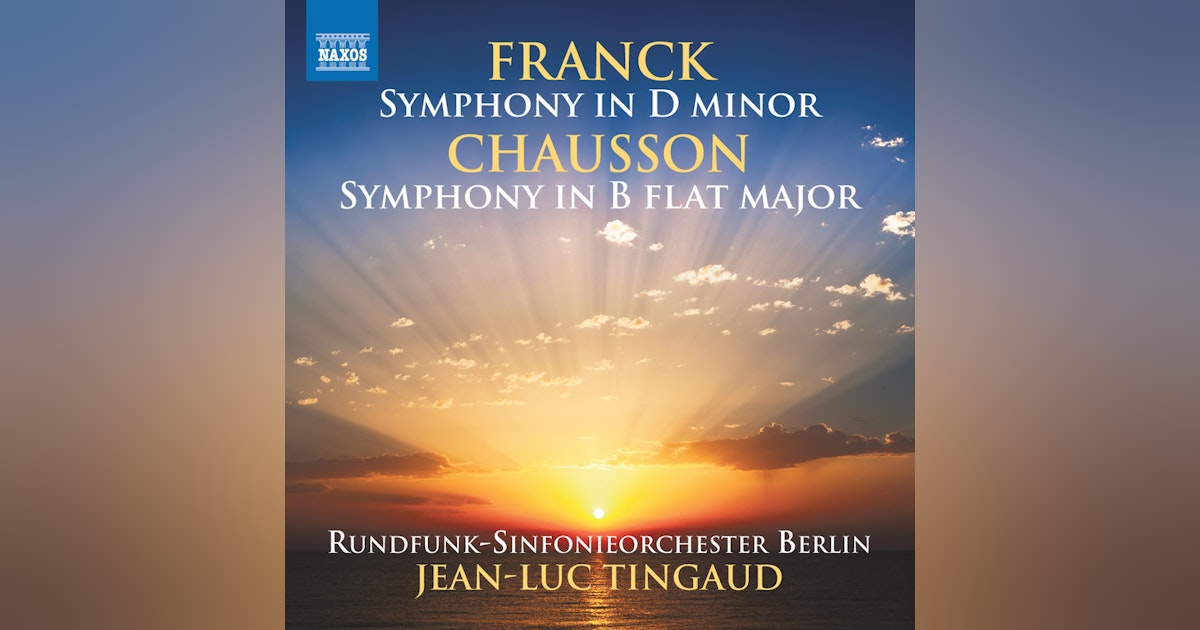
This is Classical Explorer‘s first Franck Symphony (D-Minor, M. 48) but it is certainly not our first Franck: we looked at piano music on Hänssler, organ music on BIS, heard Lucas Debargue’s piano transcription of organ music at Wigmore Hall, and, most recently, a performance of his Piano Quintet in F-Minor at Sheffield by Ensemble 360.
I grew up with Beecham’s Franck D-Minor; I was privileged to watch Giulini conduct this work with the Philharmonia at the Royal Festival hall in the 1980s. Jean-Luc Tingaud directs a fine, urgent performance with the Berlin Radio Symphony Orchestra, an ensemble we have also featured previously (in a concert review form the Berlin Festival, 2022, there under Vladimir Jurowski: music by Xenakis, Bartók, and Mahler).
The interpretative issue with the first movement of César Franck’s monumental Symphony is how to meld urgency with expansiveness: how to let he melodies sing and yet keep the structure coherent. Tingaud has the ability to project all this, and far more. He clearly inspires the RSO Berlin to their best standard. Here it is:
A pity there is no credit for the cor angles player, as the solos are most eloquent throughout, particularly the long melody in the second movement (an Allegretto). The string pizzicatos at the opening are both atmospheric and disciplined:
… the finale poses similar interpretative challenges to the first, all completely mastered here. There are peaks and troughs, and Franck’s use of cyclical themes enables a triumphant conclusion. The Berlin players are positively resplendent at climaxes:
Here is Giulini in part of the first movement, as a bonus, conducting the Philharmonia Orchestra in 1959, his sense of expansiveness and beauty taking the music to exalted levels:
There has been less Chausson than Franck on Classical Explorer thus far: his Poème played by Hilary Hahn on her DG album Paris; and his song Les Papillons on the Rubicon song album A Gardener’s World. Chausson was actually one of Frack’s pupils, so the coupling is apt. From Mitropoulos to Paray, there have been significant performances of the symphony.
In preparation, Tingaud studied two manuscripts at the Bibliothèque National de France (both available here), crafting a performance that is congruent with the composer’s wishes, and correcting errors that have accrued over the years.
The first movement, like that of the Franck, opens with a brooding slow section (marked “Lent” here) that contains the seeds for much that comes thereafter. Tingaud finds the mystery well (the slow tempo is maintained far longer than in the Franck). Wagnerian passages vie with lighter, more Gallic sections. The whole expands beautifully, although I could wish for more body to the strings up high at times:
The figure of Wagner hovers even more in the central slow movement, a sort of cross between the solemn moments of Holländer and the ambience of the last act of Lohengrin. There are even some porto-Parsifal moments in the aching melodic shapes. It is a lovely movement; it makes me want to hear the symphony live, for sure. There are some superb woodwind contributions here, and the strings are beautifully controlled:
The finale is fast and furious (the marking is “Animé,” which Tingaud certainly respects). Woodwind are well drilled (they need to be!), but Tingaud also knows how to give and take so that he movement has resting points that do not interrupt the overall momentum. Some might find Munch more convincing in this movement; Tingaud. for all his strengths, does not quite convince.
The classic recording of the Chausson, though, is the RCA Boston Symphony Orchestra under Charles Munch, as commanding as one could imagine and caught in fine “Living Stereo” sound. teh last movement is utterly remarkable in its virtuosity, although teh recording does rather spotlight instruments (all part of the ‘Living Stereo’ ethos):
I. Lent – Allegro vivo 11:31 II. Très lent 8:26 III. Animé 11:42
Tingaud provides a fascinating coupling. The new Naxos release is available at Amazon here; the Munch Chausson is available in its Red Seal incarnation here.










